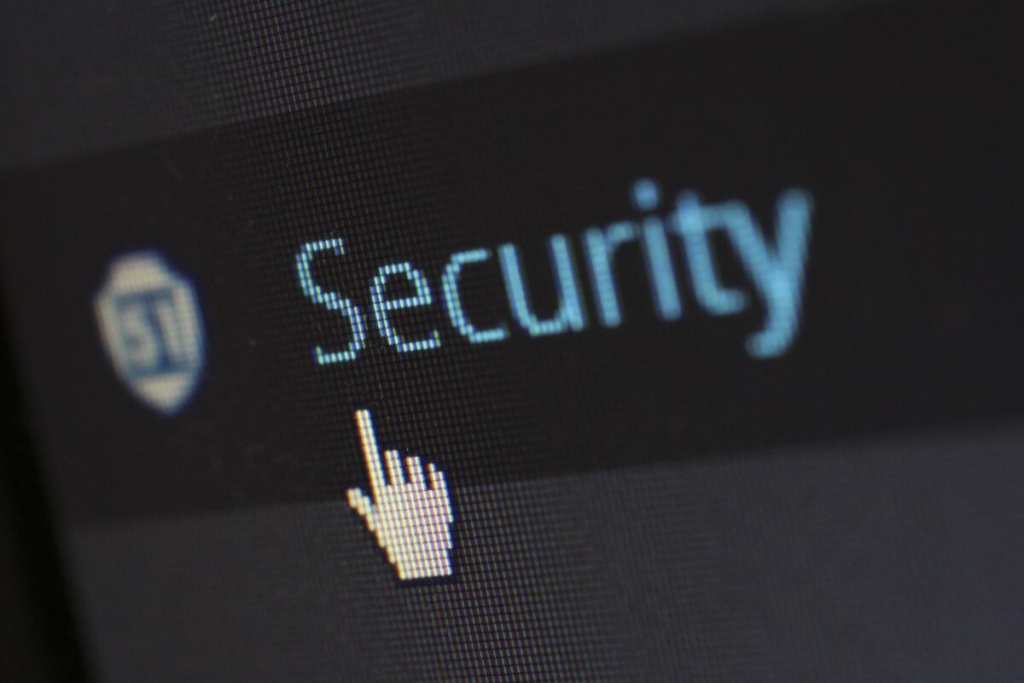Cyber attack – The risks of this type of fraud on companies and how it can be prevented
With the advent of the Internet, many opportunities opened up for companies that could increase their market for the services and goods they produce much faster. In addition to the obvious advantages, virtual networks connecting countries around the world have become vulnerable to several types of fraud, such as cyber attacks. Through these, various people or entities try to get various benefits.
What is a cyber attack? It involves breaking into the IT systems of a company or even a natural person with the aim of gaining access to information, money or important, even confidential, information for those attacked. Not all of these attempts are successful, but in recent years the techniques have become so advanced that the risks are much greater.
Attacks can take place at the micro or local level, but also at the macro level, which involves attempts to enter government computer networks, which can lead to a cyber war that puts the entire operational infrastructure of a country’s authorities at risk.
Cyber attacks pose several risks, especially for companies that are vulnerable to those who want to take advantage of weaknesses in their IT systems. That is why it is preferable to take measures against these fraud attempts.
The article below provides insight into this type of attack, as well as solutions to avoid it for small and medium-sized businesses that are often the most vulnerable from an IT perspective.
1. Cyber attack – what does it mean?

Many people wonder what a cyber attack is and what its consequences are. Its simplest definition implies a type of fraud through which a person or even an organization operating on the Internet launches various programs and more, through which they can gain access to data and information of the attacked person.
Cyber attacks can be associated with theft, but on a virtual and not physical level. If not long ago individuals were not greatly affected by this type of fraud, but in recent years their number has begun to increase with the use of digital means of communication, such as high-performance mobile phones and tablets, as well as classic systems such as desktop and laptop where sensitive information such as passwords for various accounts are kept.
In terms of companies, the most affected are small and medium-sized enterprises or so-called SMEs. Although many business people at the beginning of their entrepreneurial journey are looking for the best and most modern solutions to combat the risks that their companies are exposed to, the methods of criminals are so advanced that they keep pace with technological development, which leads to real challenges for those concerned with the integrity of information and data that can put them at risk if discovered.
Not infrequently even governments or various institutions that ensure the proper functioning of a state are subject to this type of attack, this problem turning into a real cyber war.
In order to carry out a cyber attack, a criminal or hacker must first have a gateway into the system or network they want to breach.
1.1. Cyber attacks and the main ways of penetrating companies

Although the Internet has many advantages, it also predisposes to quite a lot of risks through which individuals and companies can register quite serious losses. And in order to launch a cyber attack, a malicious person or organization must find a vulnerability that they can exploit. Most of the time, this is the human or the computer.
As companies can often have the most to lose, they are the most often attacked. The main routes used by cybercriminals are:
- computer programs that may have small defects, the so-called bugs, and which appear harmless;
- e-mail which has become one of the most used methods of cyber attacks;
- advertising and marketing offers that launch malware programs that “infect” computer programs or systems;
- spyware programs;
- a simple password system has one of the highest risks of a cyber attack;
- wireless internet connection networks, Wi-Fi.
In addition to these, a new vulnerability for many companies is now the work-from-home system. Through less performing computers or without well-developed security protocols, hackers can easily penetrate the respective devices from where:
- can steal sensitive information;
- may affect work schedules;
- they can install various programs that spy on the company through its employee or employees.
This means that there are many types of cyber attacks, which can complicate methods of preventing them.
1.2. Types of cyber attacks

At the moment, there are several types of cyber attacks and unfortunately as security systems advance, new ingenious methods appear for hackers to keep up with technological development. This would be a first reason why the prevention of these frauds should be foreseen, so that they do not reach the stage where they must be fought.
Here are the most known and used types of cyber attacks:
- ransomware attacks or in order to regain control over the targeted system;
- spyware or espionage attacks;
- malware attacks or installation of harmful programs;
- attacks through the e-mail address, of the phishing type;
- Distributed Denial-of-Service (DdoS) attacks that refer to denying a user access to a network or website.
In addition to these, which are the most common throughout the world, there are other types of cyber attacks that are less often used and whose consequences are just as harmful as the most used ones.
Ransomware-type cyber attack is the one through which, after a hacker has managed to break into a company’s IT system and gain access to various data, they demand a ransom not to reveal the accessed information or to restore control of the rightful owner.
Spyware attacks are launched with the aim of finding out confidential information to be used against the company from which it was obtained or even to disrupt its activities. They involve the installation of hard-to-detect programs that access a computer or the entire network of a company.
Malware attacks involve the installation of programs that can either cause damage or block a company’s operating systems.
Phishing attacks carried out by means of sending fraudulent e-mails are quite common and especially target natural persons, such as employees of a company. These messages can seem so real at times that those targeted provide sensitive information that leads to fairly large company-wide vulnerabilities.
DDoS cyber attacks are quite complex, they refer to the penetration of several computer systems connected to the company’s network or website by which users are denied access to them. They are usually launched on weakly secured servers.
Many of these can be prevented by the simple attention of the person entering various websites or by avoiding opening some suspicious programs, while others need advanced detection systems.
Although a cyber-attack can be fought, prevention is much better, avoiding the risks to which companies can be subjected who do not know in advance what type of such fraud they will be subjected to, what the consequences will be, as well as the time required for recovery in operation of computer systems or networks, if they can still be recovered.
2. Cyber attack – How it can be prevented

Often faced with not just one, but several attempts, many companies end up waging real cyberwars with hackers or organizations that want to get their hands on confidential information by any means. Banks, but also small research firms that create various patents are susceptible to this type of fraud. In fact, any company using an IT system risks such a security incident.
Since the magnitude of a cyber attack is realized after it occurs, prevention is a much better option for companies that know they have certain information that, once compromised, can cause irretrievable damages.
From the point of view of prevention, there are two methods by which this can be implemented, namely:
- the active ones;
- passive ones;
From an active point of view, a company can take protective measures aimed at securing servers, bringing IT specialists into the company by creating a specialized department, as well as through other methods specific to the field of activity.
From a passive point of view, an IT insurance can be an important step in preventing a subsequent cyber war . This also means checking the risks to which the companies are subject.
For this purpose, it is recommended to choose an insurance broker that offers such solutions.
2.1. Cyber attacks and the biggest risks for companies

What can a cyber security mean for a company in terms of risks? Here is a question that can have several answers, depending on the field of activity and its size.
However, it should be borne in mind that the associated risks do not only concern the company itself, but also other parties with whom it has various relationships. From suppliers to customers, everyone stands to lose from such an attack.
Specifically, here are the main risks faced by companies facing cyber attacks:
- theft of confidential information, trade secrets, patents, etc.
- financial losses caused by the use of fraudulently obtained data;
- damage to the company’s reputation and prestige caused by the mistrust of those it works with;
- losses of equipment and even programs that can no longer be recovered in some cases;
- unforeseen expenses with investigations that must be carried out on several levels.
In addition to the general ones, companies can also face other risks that can lead to cyber wars that can span long periods of time, which can lead to financial losses that are also related to the consequences of such fraud.
These are the most important reasons why companies must take both active and passive measures to protect themselves from the dire consequences of such an attack.
2.2. Cyber warfare and its countermeasures

As many companies and sectors of activity exist, the types of cyber attacks are also widespread. Even though the field of computer security is quite advanced, hackers keep pace with it and come up with ingenious methods by which they can steal information and money most of the time. Because. the measures taken must be on several levels.
From an operational standpoint, a firm must always be prepared for a cyber war, whether or not it happens. Also:
- ongoing training of employees, who are one of the weak links when it comes to cyber attacks is a priority;
- using programs whose licenses and security policies are regularly updated;
- creating backup plans so that sensitive information can be recovered in the event of a cyber attack;
- risk analyzes performed at regular intervals to determine how secure the IT systems used by the company are.
In addition to these methods that can prevent and even counter cyberattacks, another passive method, this time, can complete the package of measures taken against cybercriminal organizations. For example, Cyber insurances created especially for businesses that consider the advanced protection of both their activity and the data of suppliers and customers their.
What is a cyber attack? Whether it is a minor fraud on an individual or a major one committed on a company, the consequences can be catastrophic in some cases, even those that seem very simple. From data to money, trade secrets and confidential information, all can be stolen by hackers or cyber crime organizations. Fortunately, there are measures that can be taken to prevent, combat and, in some cases, recover from the damage, and that can be implemented by both small and large firms, especially since none of them are completely safe as time works with computer systems and networks.
Photo source: Pexels.com

